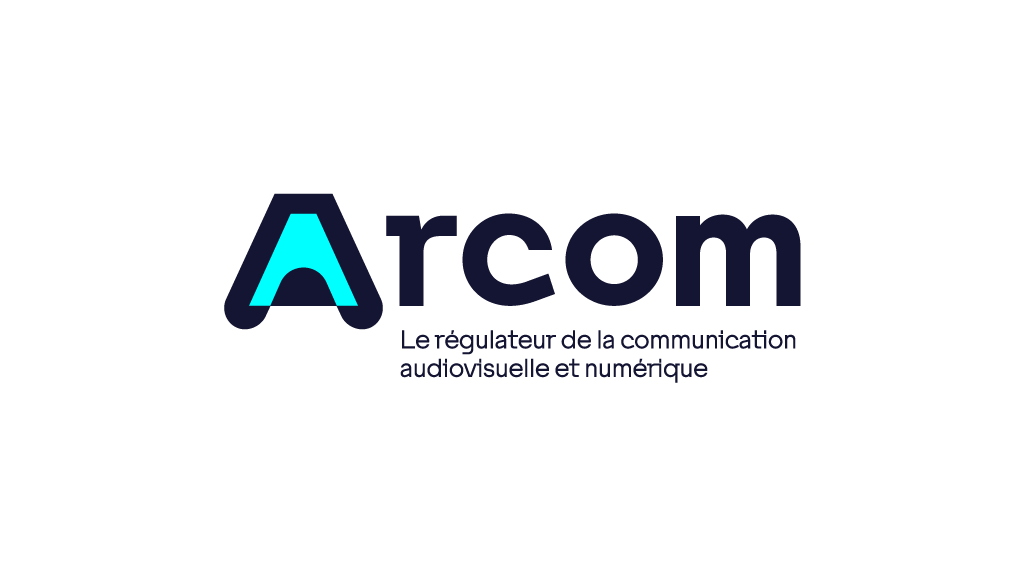The French communications regulator Arcom has provided its draft deliberations on how services of general interest should receive appropriate visibility in user interfaces. Arcom will publish a list of such broadcast services and associated on-demand applications. It has gone as far as to suggest that appropriate visibility can be achieved through a single application to be set up jointly by the publishers. The regulator says that it will be up to the stakeholders concerned to implement this new framework as quickly as possible, for the benefit of the public.
These deliberations provide that the services of public audiovisual groups and free channels available on national digital terrestrial television, together with the on-demand audiovisual media services associated with them, are considered services of general interest. These will benefit from measures to ensure their appropriate visibility on connected screens, which must be respected by interface operators.
Arcom says its approach is based on extensive discussions with publishers, interface providers, the European Commission, as well as regulators in Germany, Italy, and the United Kingdom.
The regulator previously conducted public consultation on the scope of services of general interest and appropriate visibility measures.

The requirements are based on three objectives for services of general interest, known as SIG in the French abbreviation.
Firstly, they aim to facilitate the user experience so that such services can be accessed intuitively and quickly.
Secondly, they aim to guarantee satisfactory prominence of such services on user interfaces.
Thirdly, they will ensure simple and proportionate methods of implementation, relying on the development of a common application for such services.
The list of services of general interest includes free national television services and applications that make their programmes available on demand. It does not appear to extend to radio services.
The regulator will publish a list of all the services and applications concerned and provide it to interface operators subject to its regulation.
Arcom suggests that appropriate visibility of these services can be ensured by grouping all these services within the same application, set up jointly by the publishers. It says the access point to this application should be positioned on the home page or screen of the interface with a dedicated icon, the size of which is comparable to that of other services, with similar access, such as selection by a single click.
The regulator goes on to suggest that the home page of the application should include at least two sections, the first allowing direct access to each of the relevant television services, and the second providing access to applications from the same provider.
Services and applications should be presented according to objective, transparent and non-discriminatory criteria. Digital terrestrial television services may be ordered according to their logical channel number.
Within the application, users should be able to navigate between a television service and the application of the publisher of the service, for instance using the arrow or numbered keys on the remote control. Users should also be able to return easily to the home page or screen of the user interface.
In its deliberation, Arcom says that the operations necessary for a user to access a service of general interest, or an environment bringing together services of general interest, cannot be more numerous or more restrictive than those necessary to access any other service of general interest, subject to the consequences of personalisation at the sole initiative of the user.
The services of general interest, or the access point to the environment grouping them together must appear in the same location as the most prominent services.
The results of searches and recommendations must treat services of general interest and their programmes in a fair and non-discriminatory manner in relation to other services and programmes and must identify the publisher. The result of a search relating specifically to a service of general interest or one of its programmes must display this first unless there is express agreement between the publisher and the operator of the interface.
The regulatory stipulations are unusually prescriptive, to the extent of suggesting that broadcasters collaborate to provide a single application to provide access to their services. This was an approach favoured by some of the respondents to the previous public consultation.
This has prompted comparisons with Freely, the application proposed by a consortium or public service broadcasters in the United Kingdom. That in turn has been compared to the previous Project Kangaroo, which was blocked on the grounds that it was anti-competitive.
Notably, an earlier initiative by French broadcasters, known as Salto, that aimed to offer online services as a joint venture between France Télévisions, the TF1 Group and the Groupe M6, fell apart and the service closed in March 2023.
The regulation of lists of services to ensure the appropriate prominence of programming public service media providers is already in place in Germany. A similar model is being proposed in Italy. Both countries have begun pilot projects using the DVB-I standard that is specifically designed to support regulated service lists. Legislation to provide prominence is also in progress in the United Kingdom and Australia.
The Projet de délibération relative à la liste des services qualifiés d’intérêt general and Projet de délibération relative aux conditions de visibilité appropriée des services d’intérêt general are published on the Arcom web site.
